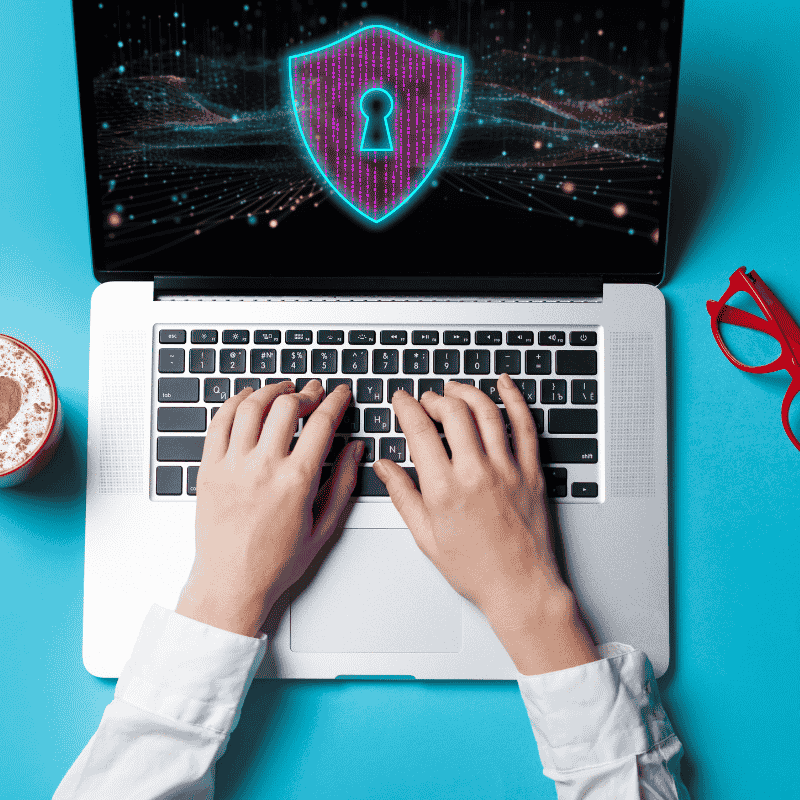The digital world faces an alarming wake-up call as a major global cyberattack recently targeted enterprises across multiple industries, raising urgent concerns about cybersecurity preparedness. From finance to healthcare and tech, organizations are scrambling to assess vulnerabilities, protect sensitive data, and prevent further breaches.
The Scope of the Hack
According to industry reports, the cyberattack impacted thousands of companies worldwide, compromising critical systems and exposing confidential information. The hackers reportedly exploited vulnerabilities in legacy software, cloud infrastructures, and third-party service providers, demonstrating the complexity and interconnectedness of modern enterprise networks.
This incident highlights that no organization—big or small—is immune. Even companies with advanced security protocols can face threats if human error, outdated systems, or weak access controls are involved.
Why Cybersecurity Is More Critical Than Ever
As businesses increasingly rely on cloud computing, remote work infrastructure, and IoT devices, the attack surface for cybercriminals has grown exponentially. Key reasons why cybersecurity remains paramount include:
- Data Protection: Enterprises store sensitive information, including financial records, personal data, and intellectual property. Breaches can result in massive financial losses and reputational damage.
- Regulatory Compliance: Laws such as GDPR, CCPA, and industry-specific regulations mandate strict cybersecurity measures. Failure to comply can result in hefty penalties.
- Business Continuity: Cyberattacks can disrupt operations, causing downtime, lost revenue, and diminished customer trust.
- Rising Sophistication of Threats: Hackers increasingly use AI, ransomware, and social engineering, making traditional security measures insufficient.
Key Lessons from the Global Hack
- Update and Patch Systems Regularly:
Many breaches occur due to outdated software or unpatched vulnerabilities. Enterprises must prioritize timely updates and automated patch management to reduce risk. - Strengthen Access Controls:
Implementing multi-factor authentication (MFA), role-based permissions, and strict password policies can significantly mitigate unauthorized access. - Employee Training:
Human error is one of the most common causes of security incidents. Continuous cybersecurity training and awareness programs are crucial to prevent phishing, social engineering, and careless handling of sensitive information. - Invest in Advanced Threat Detection:
AI-driven monitoring, intrusion detection systems (IDS), and endpoint protection platforms (EPP) can identify anomalies in real-time and prevent potential breaches before they escalate. - Develop Incident Response Plans:
A well-documented cyber incident response plan ensures that organizations react quickly, minimize damage, and communicate effectively with stakeholders during a breach.
SEO, GEO & AEO Opportunities
The cybersecurity incident presents a significant opportunity for content creators, IT firms, and tech blogs to produce educational and solution-focused content. Keywords like “global cyberattack,” “enterprise cybersecurity threats,” and “protecting business data from hackers” are highly relevant.
Geo-targeted content is also crucial. Countries like the US, UK, India, Germany, and Canada have large enterprise ecosystems that are frequent targets of cyber threats. Writing region-specific blogs, whitepapers, or guides about cybersecurity compliance and incident prevention can capture local high-intent searches.
For AEO (Answer Engine Optimization), addressing common questions such as:
- “How to protect enterprises from global cyberattacks?”
- “What are the latest cybersecurity threats in 2025?”
- “Steps to recover from a data breach”
…can boost visibility in Google’s featured snippets, knowledge panels, and voice search results.
The Future of Cybersecurity
This recent global hack is a stark reminder that cybersecurity is not optional—it’s a necessity. Enterprises must embrace a proactive approach, combining technology, employee training, and strategic planning to withstand evolving cyber threats.
Emerging trends like AI-powered threat detection, zero-trust architectures, and cloud security innovations are likely to become standard practices. Businesses that adopt these measures early will enjoy a competitive advantage, maintaining customer trust and operational resilience.
As cybercriminals continue to evolve, the next generation of security solutions will need to be smarter, faster, and more adaptive. The recent global hack may be a wake-up call, but it also presents an opportunity for enterprises worldwide to strengthen defenses and build a safer digital ecosystem.

